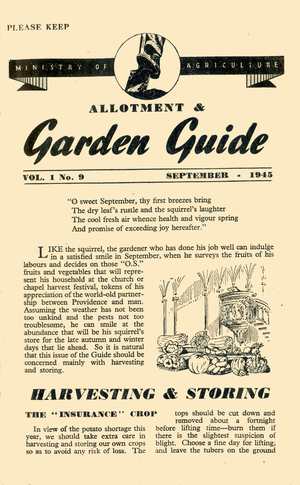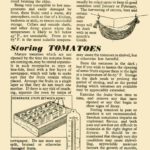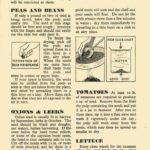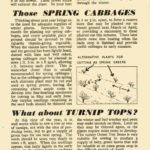 The September 1945 dig for victory guide was the first in the series that could not be called a wartime guide. After six long years of struggle, deprivation and hardship the war was finally won.
The September 1945 dig for victory guide was the first in the series that could not be called a wartime guide. After six long years of struggle, deprivation and hardship the war was finally won.
The guide makes no mention of the end of the war, which is not surprising as it was most likely at the printers when the unexpected end came. Even though the war was won, the battle for survival was far from over.
Britain was still supporting an army in occupied Germany, troops were deployed in the far east following the Japanese surrender and in the colonies such as India that were looking to shake off the imperial yoke and embrace self-governance – especially as they had seen British power challenged and so nearly defeated.
In Europe the food situation was critical. Holland had suffered starvation towards the end of the war and the German population had been reduced to adding silage and sawdust to their bread by the end to eke out meagre supplies.
Food production had been badly hit by the war sweeping across countries. Horses had been eaten and tractors had no fuel or spare parts to repair them. The breeding stocks of cattle and sheep had been hugely reduced and crops not sown for lack of seed.
Even where there was a surplus of food, the distribution systems had been totally disrupted. Railways that could ship food had been systematically bombed to hinder the movement of troops and war materials. The roads were in better shape but the trucks had either been destroyed by action or by lack of spare parts to repair them.
Format of the Dig for Victory Guide
The original September 1945 Dig for Victory growing leaflet consisted of 8 pages which I have followed by reproducing the content onto separate pages.
Where an article runs onto two pages these have sometimes been combined into one page for readability or the trailing content moved onto the relevant page.
Where I feel it helpful, I’ve annotated the information. To make annotations obvious, they are coloured green.










